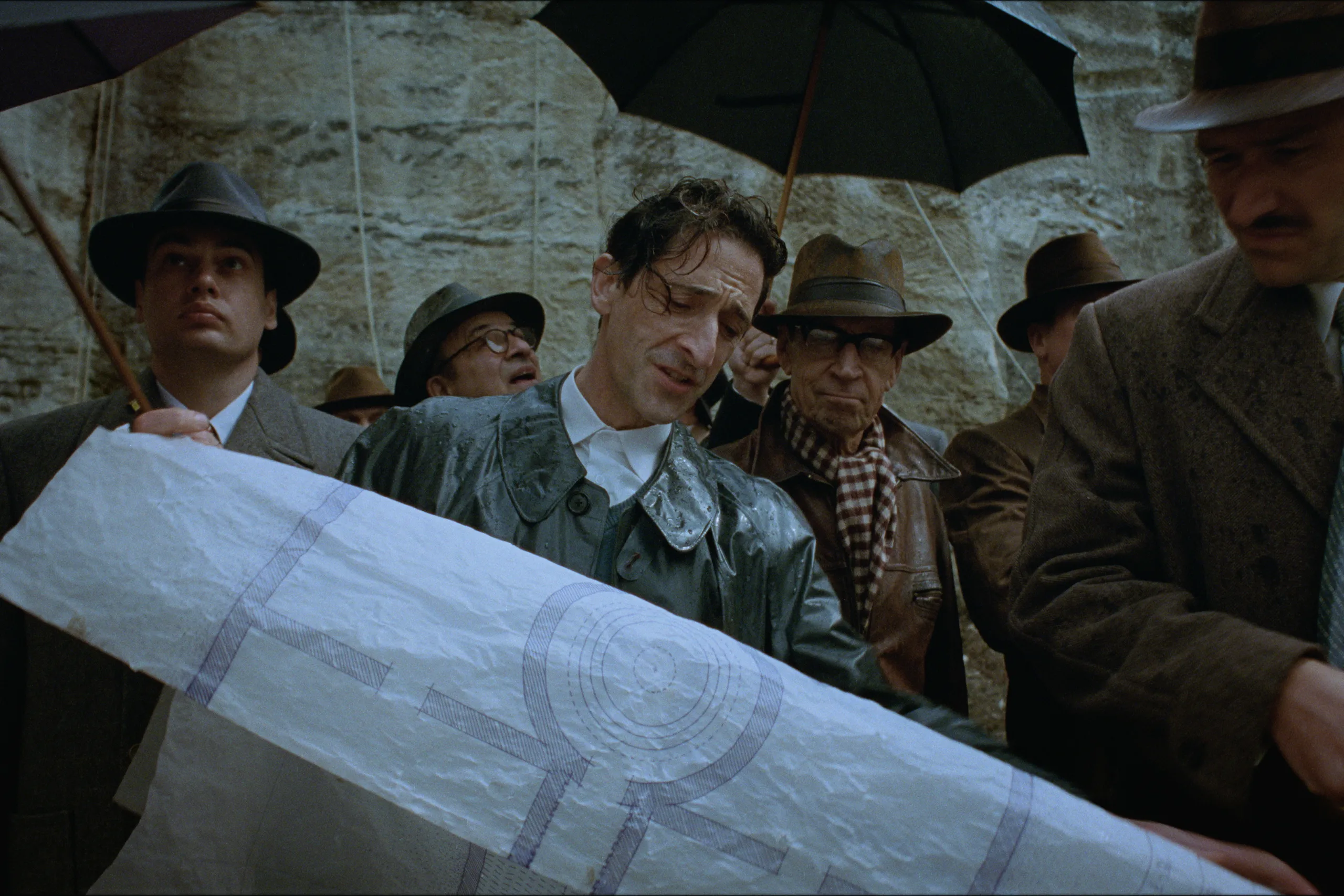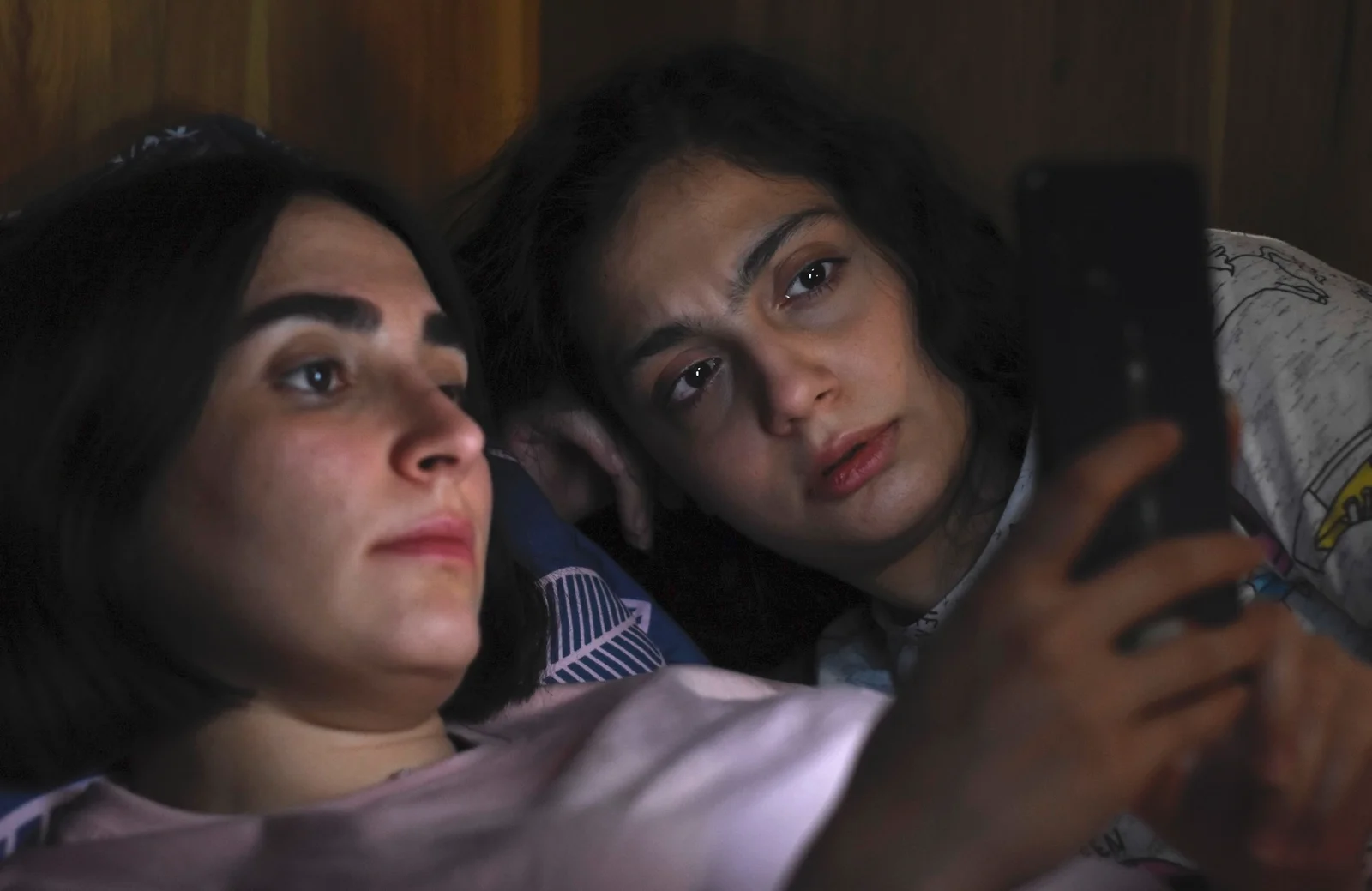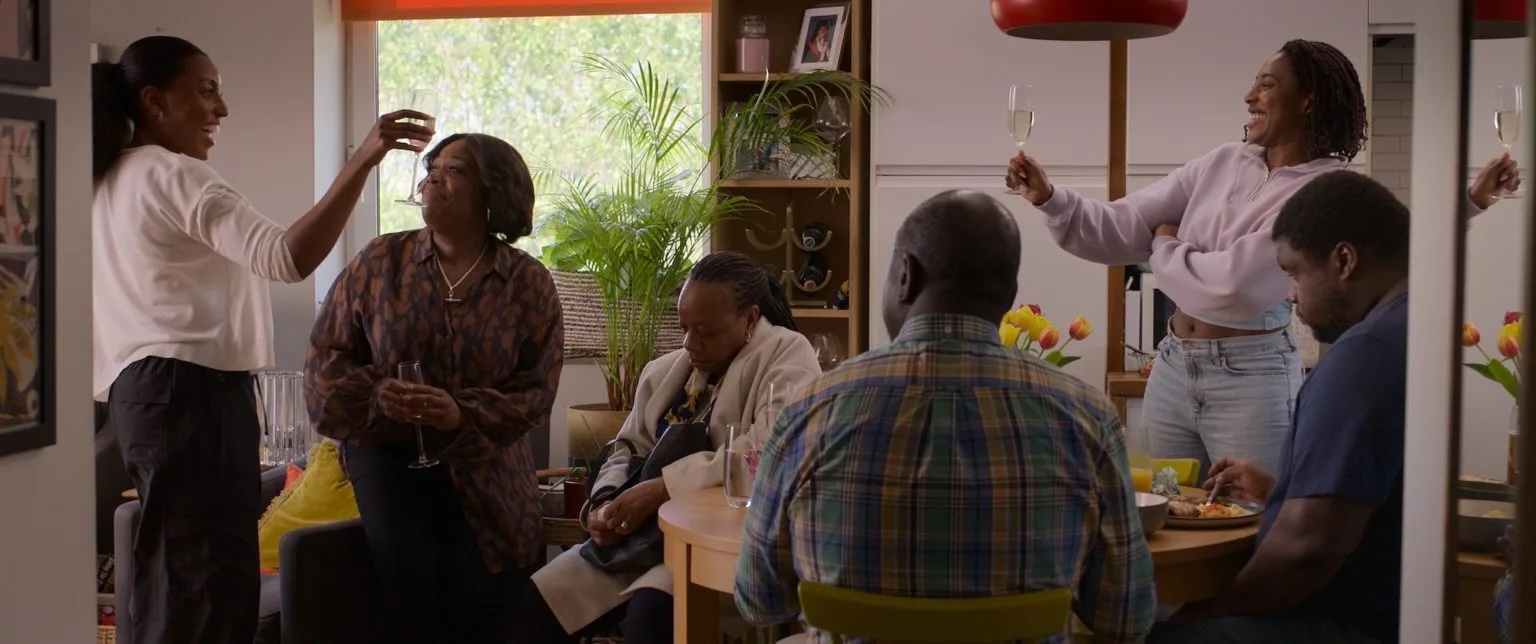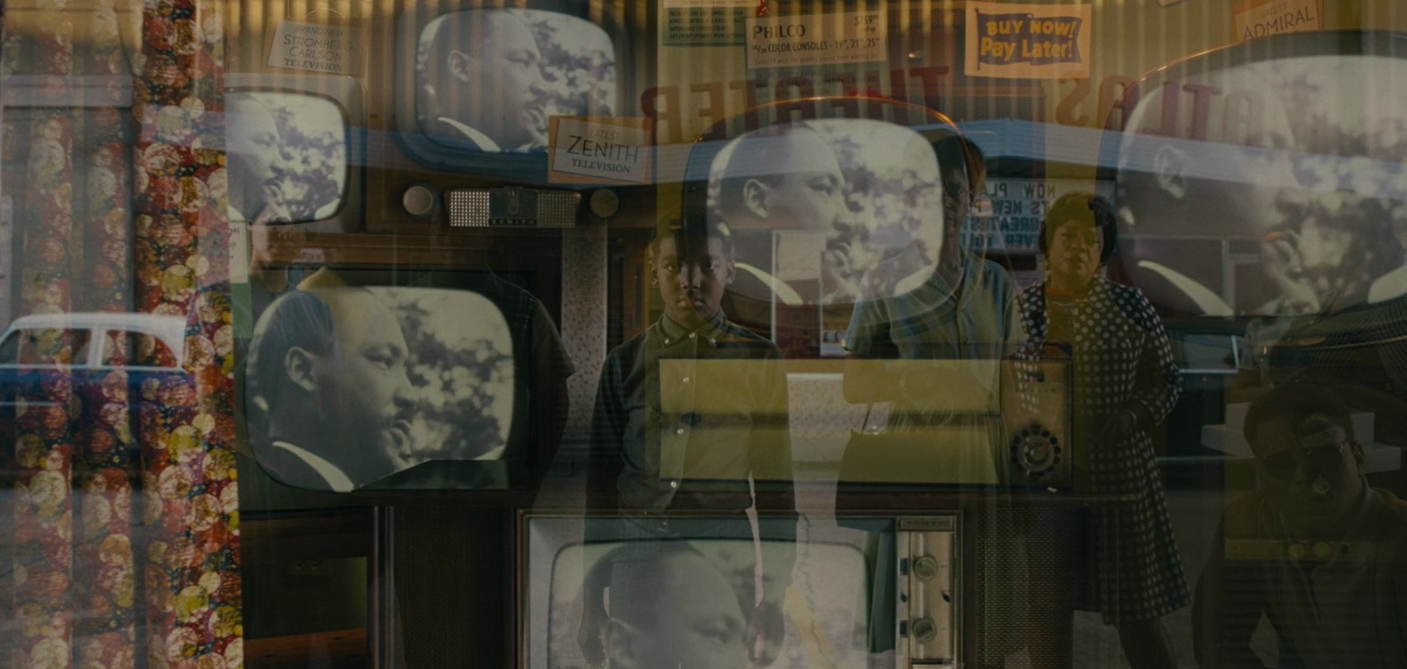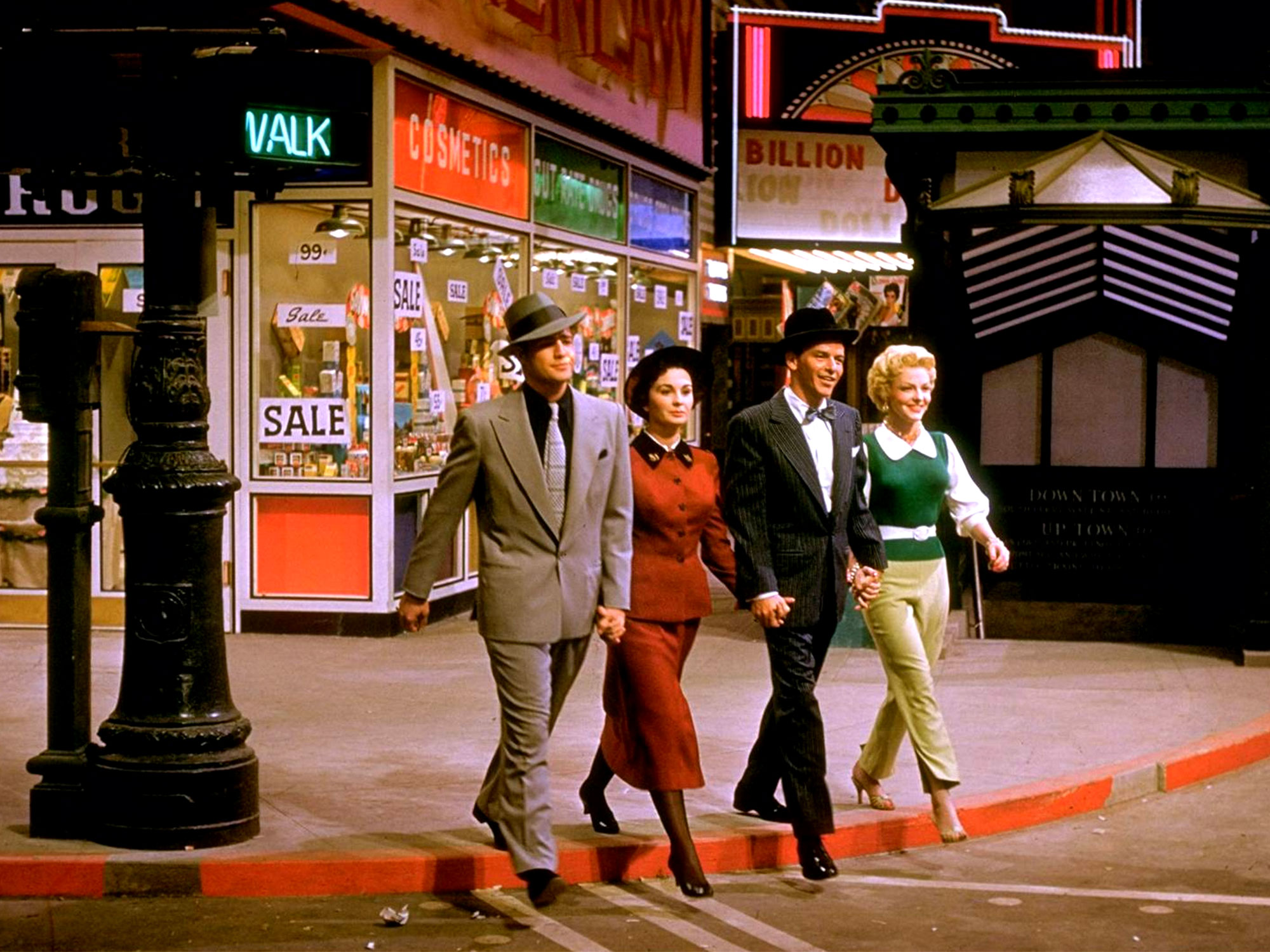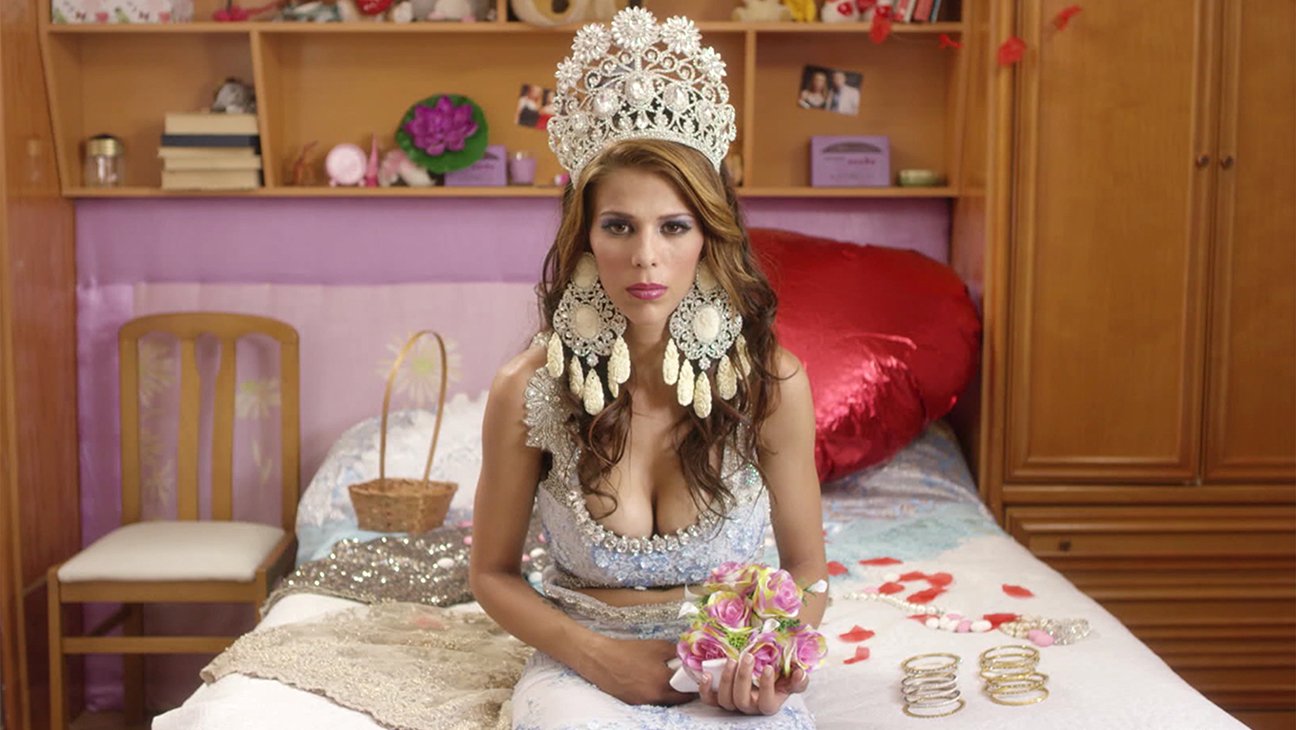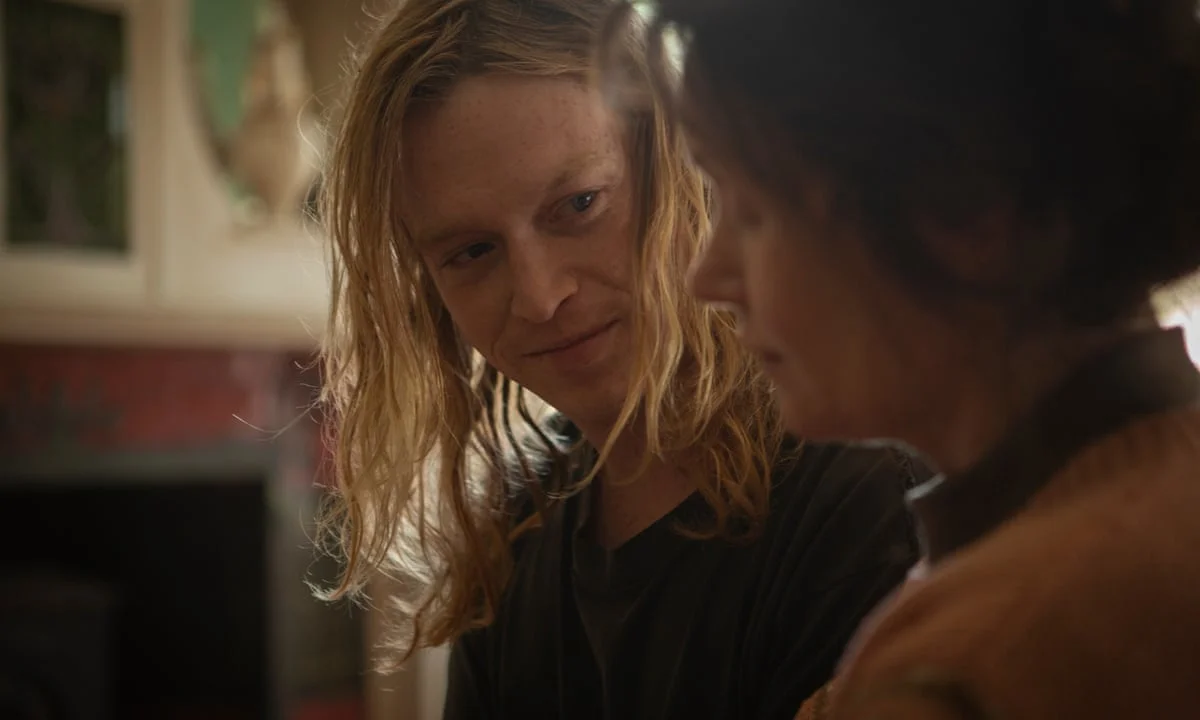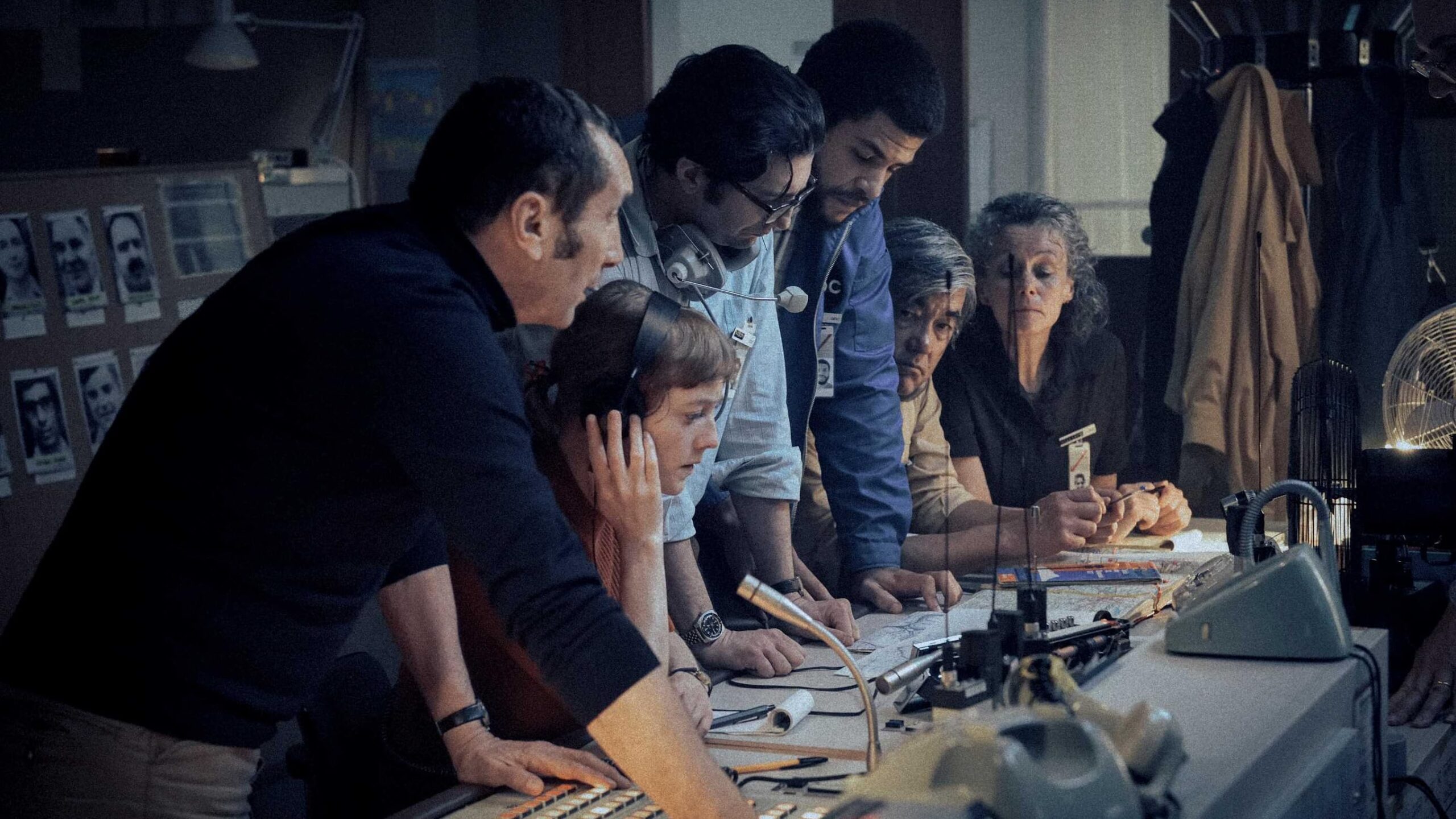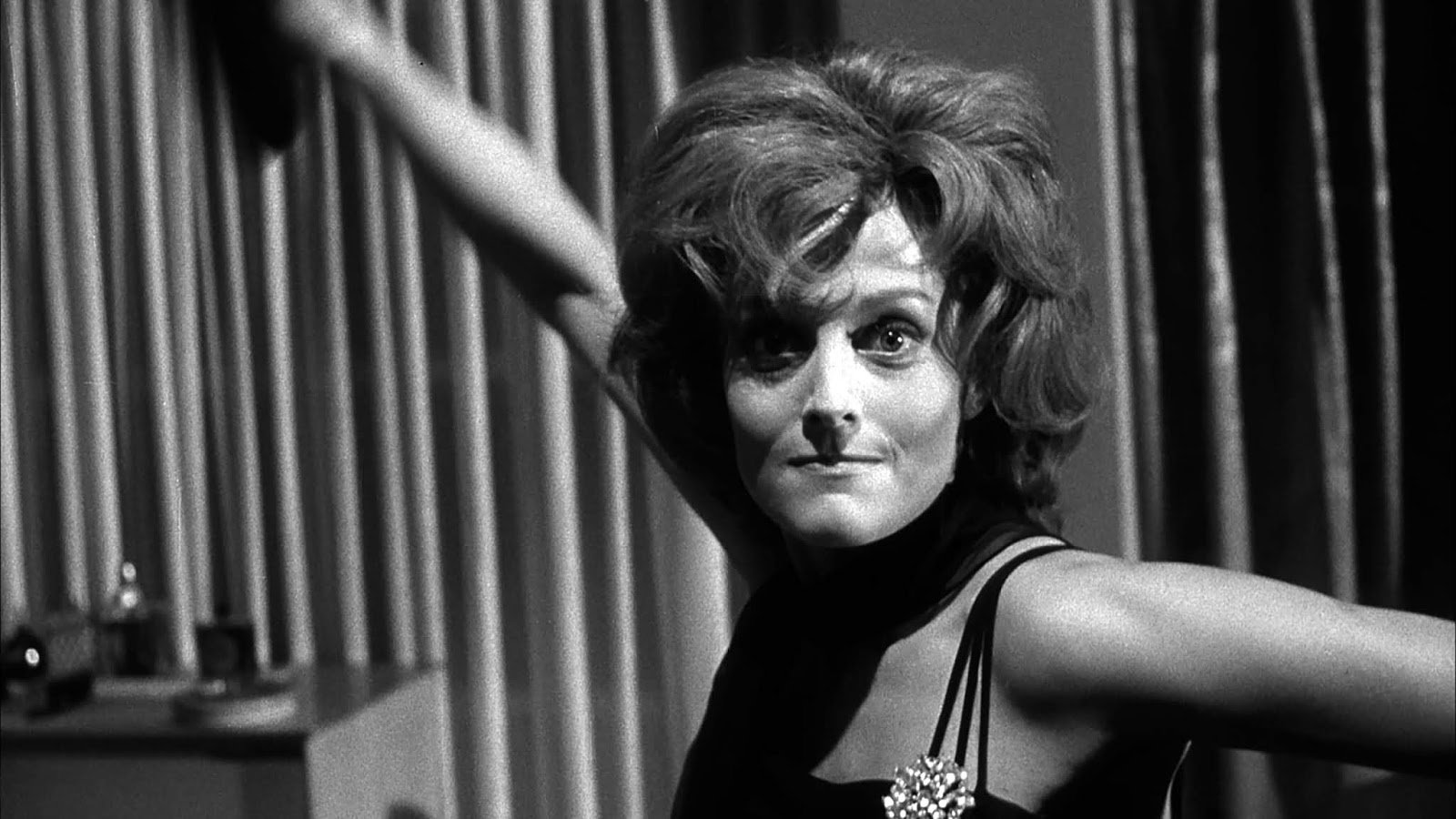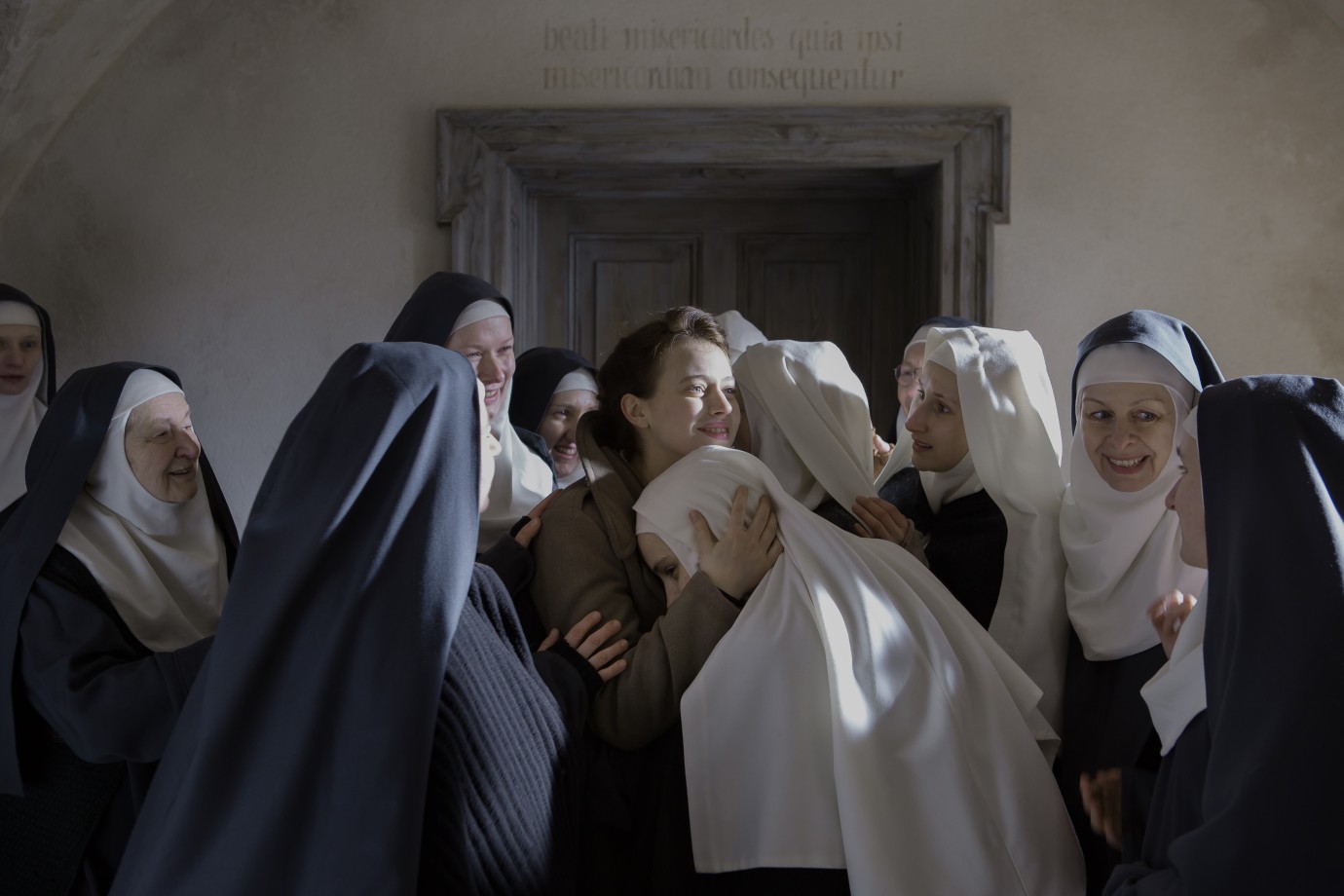Just a few minutes in, you can already feel the immensity of The Brutalist. The rousing score stirs you. The weight of The Holocaust and Toth’s immigration story, which is also one of xenophobia and addiction, pulls you in. The visuals, shot in VistaVision, demand your attention. The period setting calls for nostalgia, but the inventiveness of the shots and the dizzying angles make them feel fresh. Technically and aesthetically, The Brutalist is near-perfect, and in those aspects alone it’s a marvel to witness. Where it might feel short, however, is intent. The film is politically ambiguous (director Brady Corbet has mentioned that he intended for audiences to interpret it how they wish) and consequently divisive. What could have been a brave and bold statement against the occupation of Palestine, for instance, feels only like a weak suggestion of it. It’s ambitious and epic, no doubt, though it can ring hollow if you’re looking for something more powerful and direct.
Synopsis
Escaping post-war Europe, visionary architect László Toth arrives in America to rebuild his life, his work, and his marriage to his wife Erzsébet after being forced apart during wartime by shifting borders and regimes. On his own in a strange new country, László settles in Pennsylvania, where the wealthy and prominent industrialist Harrison Lee Van Buren recognizes his talent for building. But power and legacy come at a heavy cost.
Storyline
After surviving the holocaust, renowned Bauhaus architect László Tóth (Adrien Brody) escapes Hungary for America for a better life. There, he awaits his wife Erzsébet (Felicity Jones) and niece Zsófia (Raffey Cassidy).
TLDR
Its immensity is impressive, even though character depth and clarity are wanting.
What stands out
The imagery is ubiquitous (I’ve seen the upside-down shot of the Statue of Liberty more times than I can count), but the score by Daniel Blumberg deserves just as much attention. It’s thunderous and brassy, reflecting the chaos of construction and Tóth’s life.

